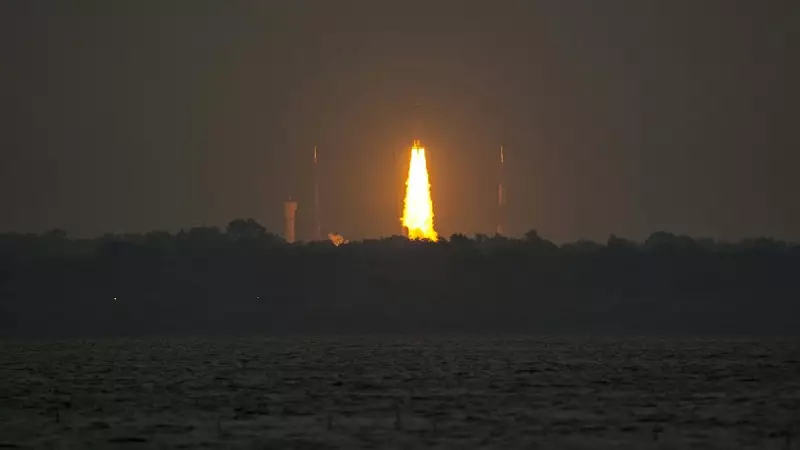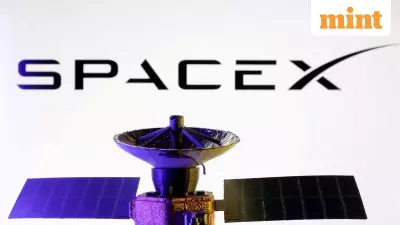
In a spectacular display of technological prowess, the Indian Space Research Organisation's (ISRO) heavy-lift launch vehicle LVM3, affectionately nicknamed 'Bahubali,' successfully launched the CMS-01 communication satellite into space on Wednesday evening.
The monumental launch took place at 4:08 PM IST from the Satish Dhawan Space Centre in Sriharikota, Andhra Pradesh, marking another significant achievement for India's space program.
A Record-Breaking Payload
The CMS-01 satellite, weighing an impressive 4,365 kilograms, represents the heaviest communication satellite ever launched by India. This massive payload demonstrates the growing capabilities of ISRO's launch vehicles and their ability to compete in the global space market.
The satellite is designed to provide extended C-band coverage over the Indian mainland, Andaman & Nicobar Islands, and Lakshadweep islands, replacing the aging GSAT-12 satellite that has been in service since 2011.
Mission Success and Technical Excellence
ISRO Chairman K Sivan expressed immense satisfaction with the mission's flawless execution. "The satellite has been placed precisely into its intended geostationary transfer orbit," he announced, highlighting the precision of the launch operations.
The mission followed a textbook trajectory:
- Perfect lift-off from the second launch pad at SDSC
- Seamless stage separations
- Precise satellite injection into geostationary transfer orbit
- Successful solar panel deployment confirming satellite health
Strategic Importance for National Communications
CMS-01 represents a crucial asset for India's communication infrastructure. The satellite will enhance telecommunications, television broadcasting, and satellite news gathering services across the country.
With a mission life of over seven years, CMS-01 will ensure continuity of vital communication services that millions of Indians depend on daily for information, entertainment, and connectivity.
This successful mission reinforces India's position as a reliable player in the global space industry and demonstrates the nation's growing self-reliance in space technology and satellite deployment capabilities.





